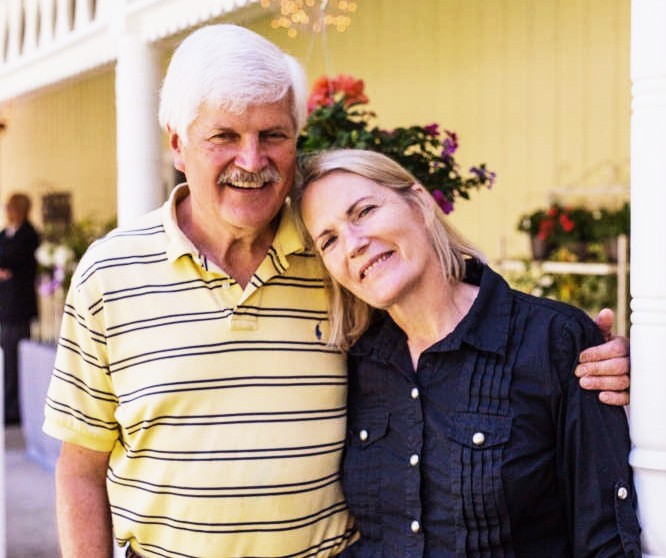The Background

Hon. Thomas E Nelson and Dr. Prudy Barrett Nelson
In 2013, Dr. Prudy Barrett Nelson was working at Matanda Refugee Transit center in Kihihi Kanungu district outside Kihihi town when she noticed the high number of children on the streets dressed in rags, no shoes and clearly not in school. Through a local Ugandan friend, a few children “with promise” were identified and their school fees paid. Over the next few years, the number of children being helped increased and their needs became more complicated. A more formal arrangement was needed.
In partnership with a team of dedicated Ugandans led by Rev Emmanuel Mutabaazi, the Welfare Organization for Orphans and Vulnerable Children (WOOVC) was established in 2016, first as a community-based organization (CBO) and, in 2021, elevated to a non-governmental organization recognized and registered with the government of Uganda. With specific interest in the field of education, a number of vulnerable children have since benefited from our education programme in primary, post primary and vocational institutions
In 2022, the Nelsons established Helping Hands for Vulnerable Children (HHVC), a 501c3 organization, that is working in partnership with WOOVC to support WOOVC’s programs.
WOOVC is located in Kanungu district, Uganda, approximately 420 km southwest of the capital Kampala. Kanungu has a total population of around 290,000 people with a 17% urban population while 70% of the population are engaged in subsistence production. Despite the natural resource endowments such as fertile soils, a good climate, tourist attractions and forest resources in Kanungu, her people continue to live amidst extreme poverty. Kanungu rural communities are some of the poorest in the entire region
The district and, especially, rural areas are characterized by high poverty levels, food insecurity and malnutrition. These, among other, factors are responsible for high school dropouts, teenage pregnancy, domestic and gender-based violence (GBV), high HIV prevalence and under-5 mortality. The poverty mindset of the locals is partly a true justification of why some children of school-going age have never been to school.
We believe in self-sustainability as the best foundation for the organization. We have committed ourselves to running projects whose income is entirely directed towards supplementing educational expenses, including school uniforms and scholastic materials.


